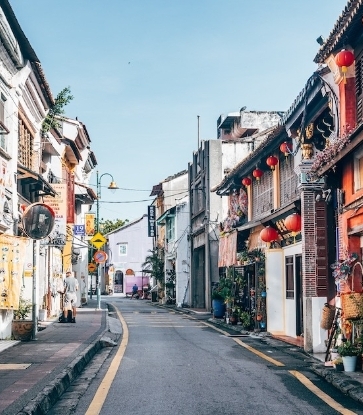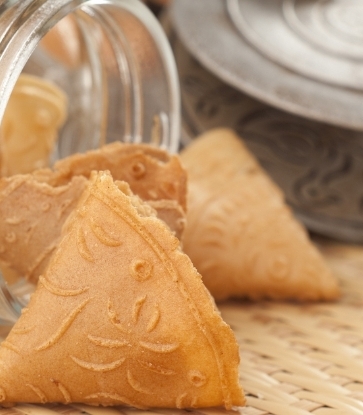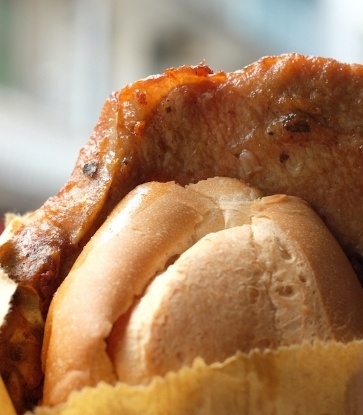January 7: People’s Day/Feast of the Seven Herbs of Health
Jinjitsu means ‘people’s day’. Each day following New Year came to be associated with an animal: the chicken, dog, boar, and so on, in fortune-telling. The seventh day was for people. They make porridge with seven herbs to ward off evil and pray for a year of good health and a good harvest.
The seven herbs of spring are dropwort, shepherd’s purse, Jersey cudweed, chickweed, henbit, turnip, and radish. They have the effect of calming a stomach weakened by New Year’s celebratory sake and helping to make up for the lack of nutrients like vitamin in winter.
March 3: Doll’s Festival/Peach Festival
This festival can be traced back to a banquet held by the Imperial Family every March 3. Beautiful dolls were displayed on tiered stands to pray for the health and growth of girls. One essential element for the celebration is clams. Bivalve shells only match when they are from the same bivalve, so aristocrats during the Heian period used to play a shell-matching game. Matching the two came to symbolise a happy marriage.
Paper mats featuring the colours of hishi mochi (diamond-shaped rice cakes) and decorated clam shell dishes encapsulate the Doll’s Festival. They create an atmosphere of spring in its full blossoming glory.
May 5: Boys’ Festival/Iris Festival
This festival is held to pray for boys to grow up strong like samurai. It coincides with the time of rice planting, so irises were placed on the front of houses in a ritual for an abundant rice harvest. Carp symbolise advancement in life so carp-shaped flags are raised; and decorated warrior dolls are displayed. People soak in iris baths to ward off evil and then eat rice cakes wrapped in oak leaves and chimaki.
The menu represents brave boys. The irises and mugwort leaves placed under food are associated with early summer. In western Japan, people mostly eat chimaki wrapped in bamboo leaves, while in eastern Japan, rice cakes wrapped in oak leaves are more popular.
July 7: Star Festival/Bamboo Festival
This festival is based on the tale of a couple separated by the supreme deity and only allowed to meet one day a year. Waka poetry and wishes were written on five-coloured strips of fancy paper to ward off evil spirits and hung on bamboo branches. It coincides with the harvest of the crops, so wheat and vegetables were offered in gratitude to the gods.

Star Festival decorations feature bamboo leaves. Sometimes somen topped with summer ingredients and representing the Milky Way are served. They provide a sense of coolness in the hot and humid weather at the end of the rainy season.

September 9: Chrysanthemum Festival
This is the happiest of the Five Festivals. Chrysanthemums symbolize perennial youth and long life, and at the palace they drank chrysanthemum sake as a wish for longevity. In rural communities, it represented the end of the harvest, so autumn festivals are held in gratitude for it.
Chrysanthemum flower soup features brilliantly coloured petals in a black lacquered bowl. The turnip made to look like a chrysanthemum flower is beautiful, as are the white and yellow colours.
Food culture associated with festivals and events is an integral part of the lives of Japanese people. Festive dishes are passed down through the generations and wishes for happiness accompany the food.























